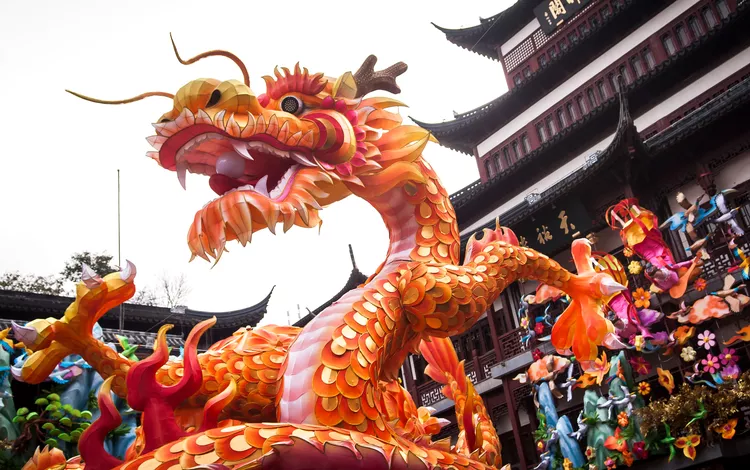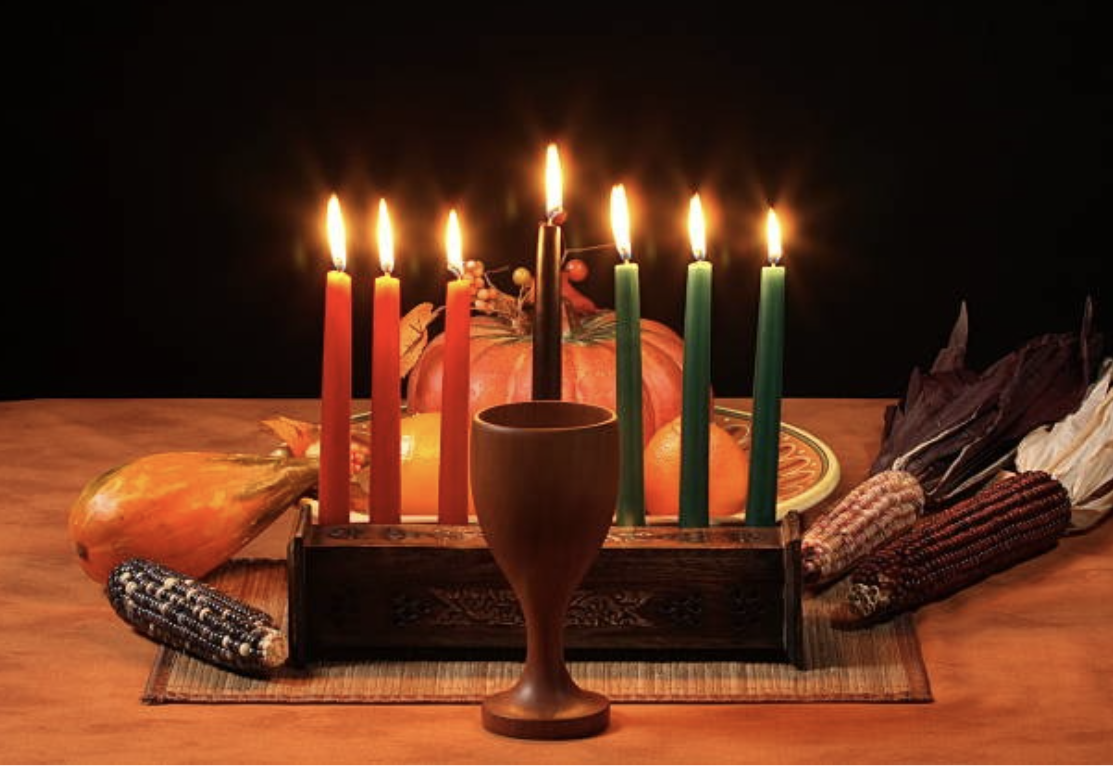On a seemingly random Wednesday in January we had a day off of school. This was because of the Chinese Lunar New Year. This is when Chinese cultures commemorate their new year celebration. They use the Lunisolar Calendar and the start of this festival can be traced back to 3,500 years ago. It’s just that it hasn’t been recognized as a holiday in New York schools until now. Yet people still don’t understand what this new year is.
While this is typically a celebration of Chinese culture, it is also celebrated elsewhere, like in South Korea and Vietnam. There are parades, festivals and decorations outside of homes to mark the celebration of Chinese New Year. It is celebrated for fifteen consecutive days. A common dish that is served is whole fish. It is said to bring good luck and fortune to you for the new year if you eat it. A lantern festival marks the last day of the holiday, oftentimes featuring tangyuan, which are sweet glutinous rice balls. These festivals happen during the evening, starting with children carrying lanterns around the neighborhood.
The new year is represented by an animal to celebrate a new beginning. This year it is a snake, in particular the wood snake. It is said this year that we are all like snakes in the sense that we are shedding our skin for the new year.
Wood is also an element. It symbolizes growth, vitality, and creativity. It’s held with respect within the three Chinese religions; Daoism, Confucianism, and Buddhism. In Daoism, the element wood is seen for someone to be able to return to their natural state. However, in Confucianism it is said to be for someone to become more polished and cleaned as a person. In typical Buddhists beliefs, wood is considered to represent letting go so one is able to grow.
This is more than some day off school. It is a day of beautiful celebration of the Asian community and their traditions. We should not take it for granted because it isn’t as common a holiday, but instead embrace traditions some groups celebrate in support of their community culture.
Links Cited:
Smithsonian National Museum of Asian Art
https://education.nationalgeographic.org/resource/lunar-new-year/







